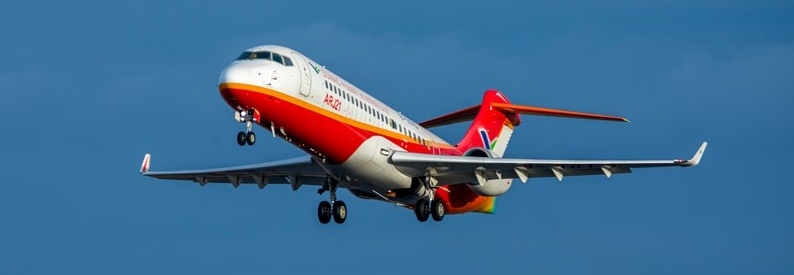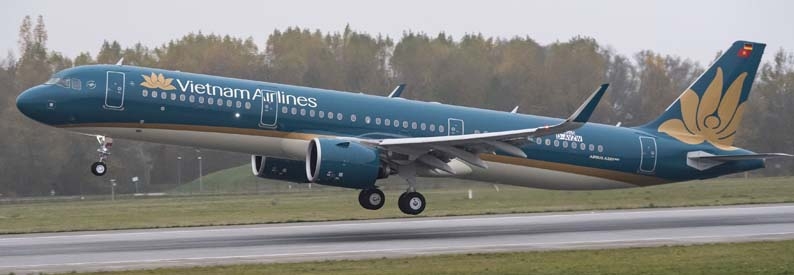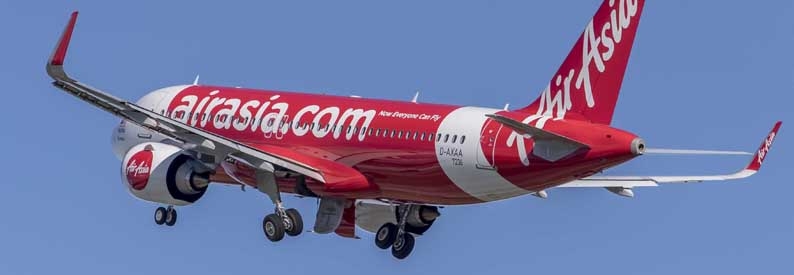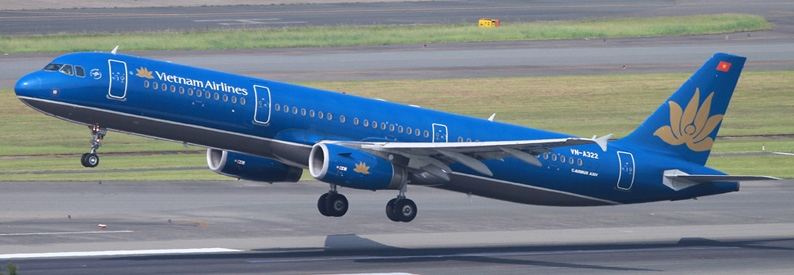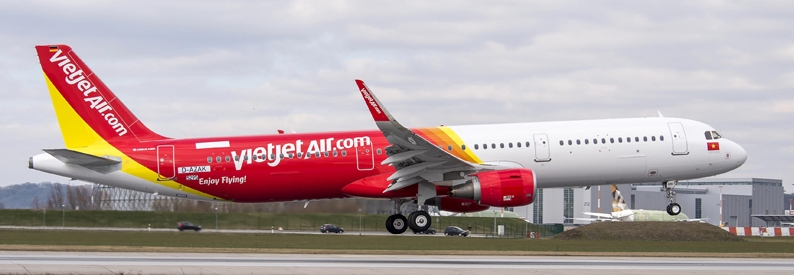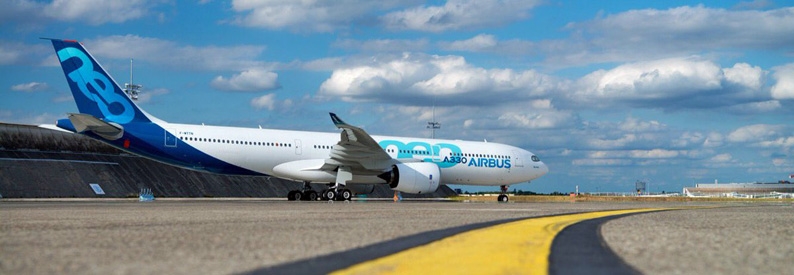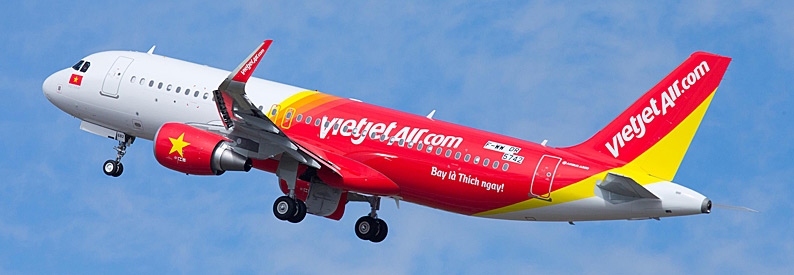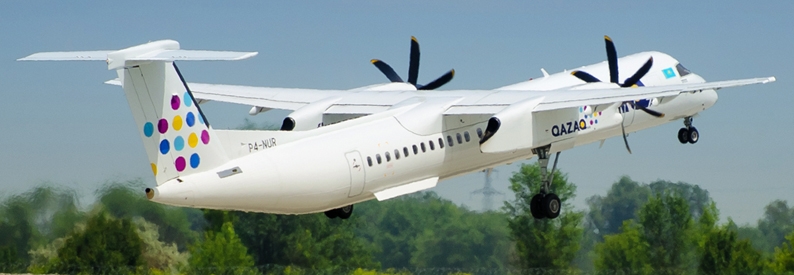VietJetAir (VJ, Hanoi Noi Bai International) will expand its fleet to 87 aircraft during 2023 including nine widebody jets, one of a number of resolutions and “major policies for development” the Vietnamese low-cost carrier’s shareholders approved at its annual general meeting last week.
“The General Meeting of Shareholders approved the plan to increase the fleet to 87 aircraft (including the Airbus A330 widebody fleet with nine aircraft), to operate 139,513 flights, and transport 25.7 million passengers,” the airline declared in a statement released after the event. It carried 20.5 million passengers on 116,261 flights in 2022.
According to the ch-aviation fleets module, VietJetAir currently operates a fleet of 77 aircraft, including five dry-leased A330-300s and one more of the type to be delivered, which vice president for business development Đỗ Xuân Quang told ch-aviation last month is undergoing maintenance at Kuala Lumpur International. He added that VietJetAir was looking to have a total of nine of the type.
Eighteen A320-200s, thirty-six A321-200s, eleven A321-200Ns, and seven A321-200NX make up the rest of the fleet, and VietJetAir also has an expansive array of orders including eighty-nine more of the A321-200Ns and five more NX, twenty A321-200NY(XLR)s, fifty B737-8s, and 100 B737-8-200s.
On its business plan for 2023, the shareholders also agreed to “reach agreements with the manufacturers Airbus and Boeing to ensure the timely delivery of aircraft” as well as to “optimise operations, find financial solutions to cut costs, and improve efficiency.”
The shareholders also voted for a plan that achieves consolidated revenue of VND50.18 trillion dong (USD2.15 billion) for 2023, which is expected to yield a net profit of VND1 trillion (USD43.5 million). For 2022, the airline posted revenue of VND40.14 billion (USD1.73 billion), up 212% from 2021, yet it swung to a net loss of VND2.1 trillion (USD90 million) for the year compared to a profit of VND122 billion (USD5 million) a year earlier, citing high fuel costs and supply chain issues.

